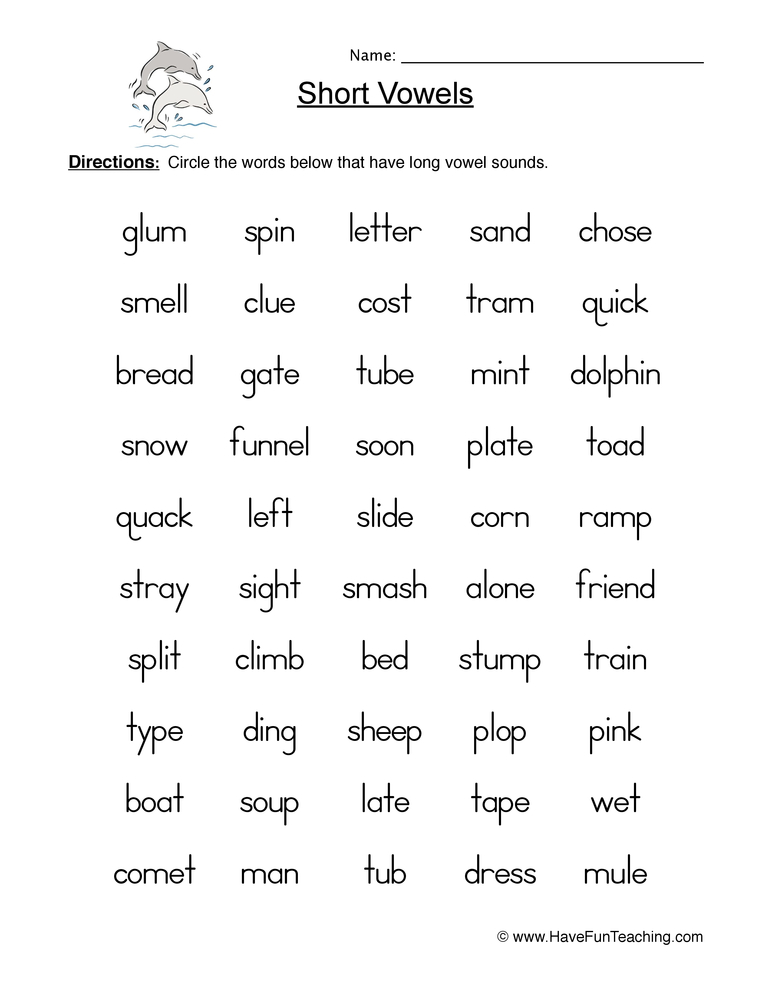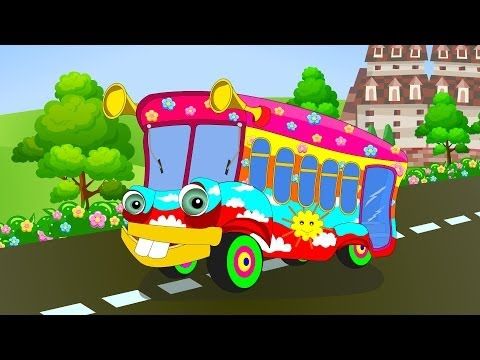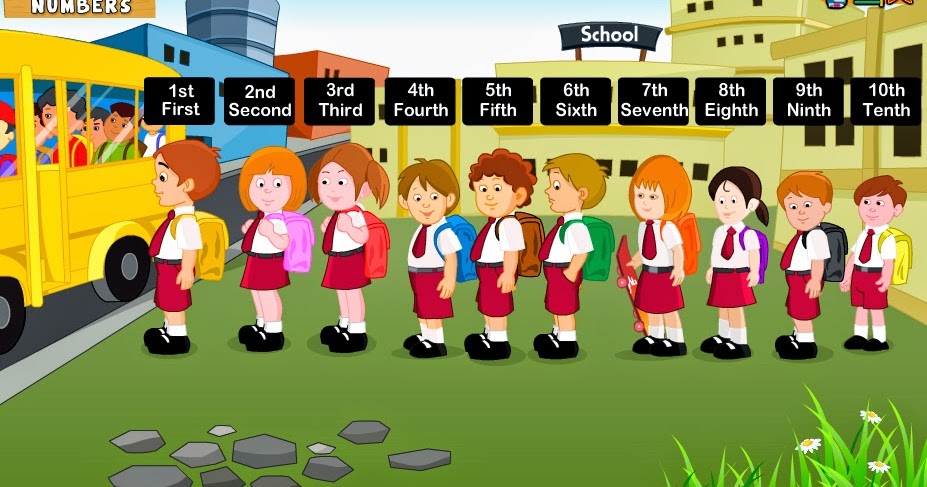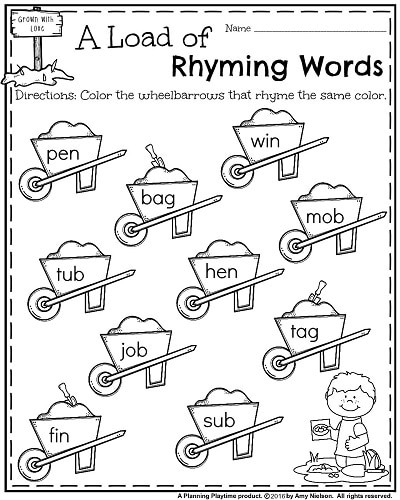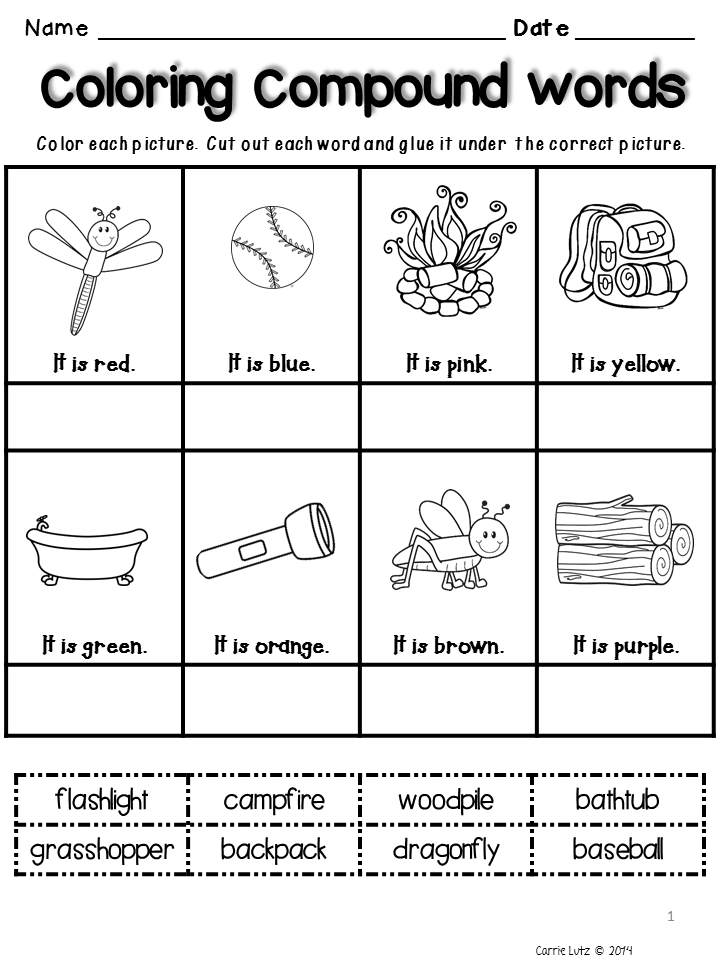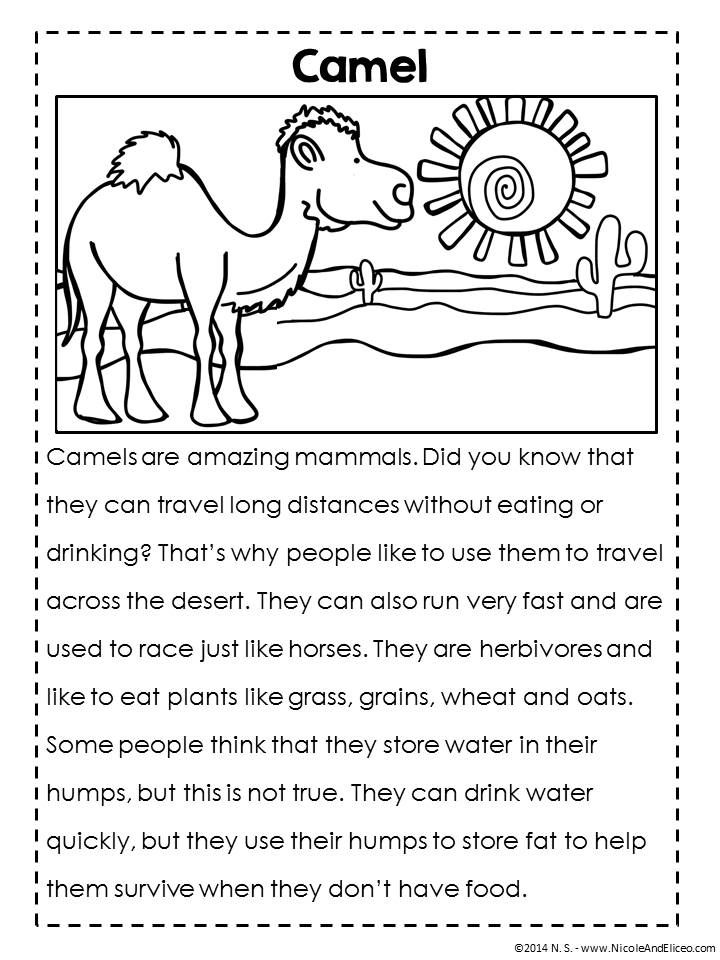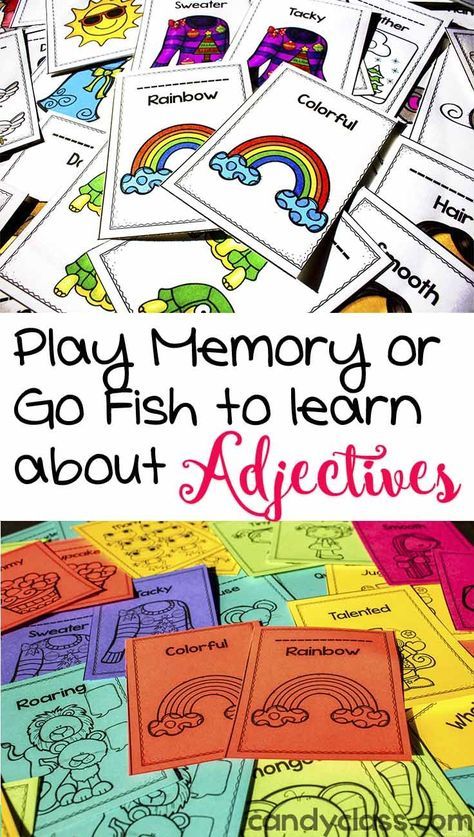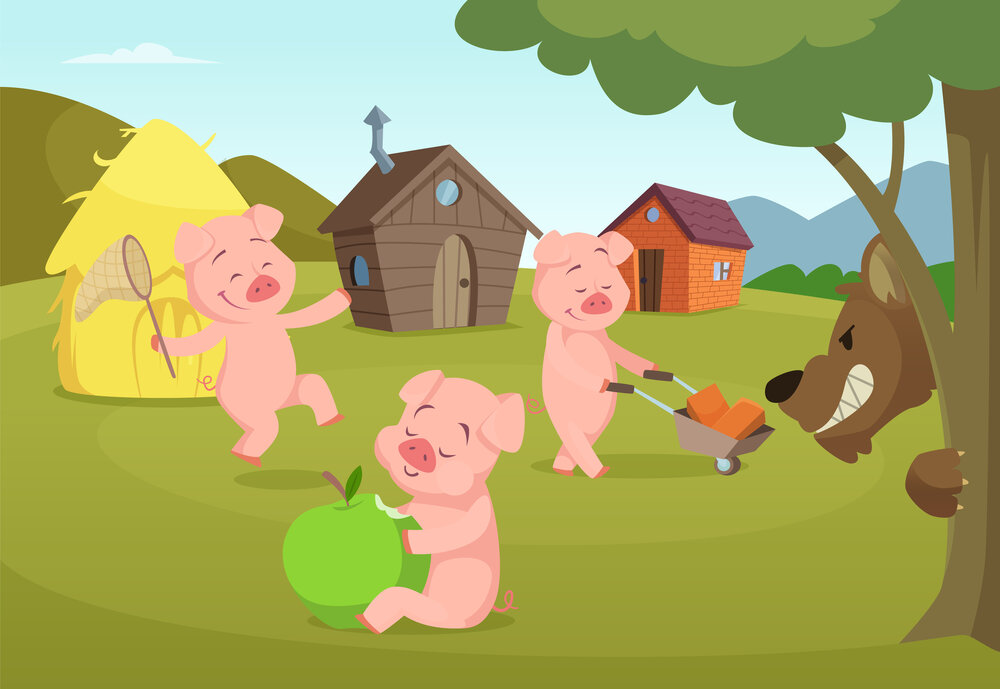Special kids spelling
Spelling and Students with Learning Disabilities
Students with learning disabilities in reading usually have problems in spelling as well. Spelling can be especially difficult for these students, for several reasons. First, the core deficit in reading disability (RD) typically involves word decoding, and many of the same weaknesses that impact word decoding in individuals with RD — such as poor phonemic awareness or poor knowledge of letter-sound relationships — also influence spelling. Furthermore, spelling is affected by independent reading and exposure to text; avid readers see more words in print and have more opportunities to learn spellings of specific words. Because individuals with RD are rarely avid readers, lack of exposure to printed words may adversely influence their spelling. Finally, English spelling is complex, drawing upon several different kinds of knowledge. Effective teaching of this knowledge is especially crucial for students with RD.
Spelling difficulties can be enduring in individuals with RD, sometimes even after reading has been successfully remediated. Addressing spelling difficulties is important, because poor spelling can hamper writing and can convey a negative impression even when the content of the writing is excellent.
Knowledge required for spelling in English
The most basic kind of knowledge required for good English spelling involves phonics knowledge, or knowledge of common letter-sound relationships. For example, children need to learn that the sound they hear at the beginning of the spoken word "bag" is spelled with the letter b, the medial sound is spelled with the letter a, and the final sound is spelled with the letter g. Unfortunately, however, basic phonics knowledge is necessary, but often not sufficient, for accurate spelling in English. Some familiarity with the printed word is essential for correct spelling of many words. This is true not only for phonetically irregular words such as of or what, but for many regular words as well. For instance, phonics knowledge serves as an essential base for spelling a word such as shirt, but the only way to know that the word is not spelled with ur (shurt) or er (shert) is to be familiar with the printed word.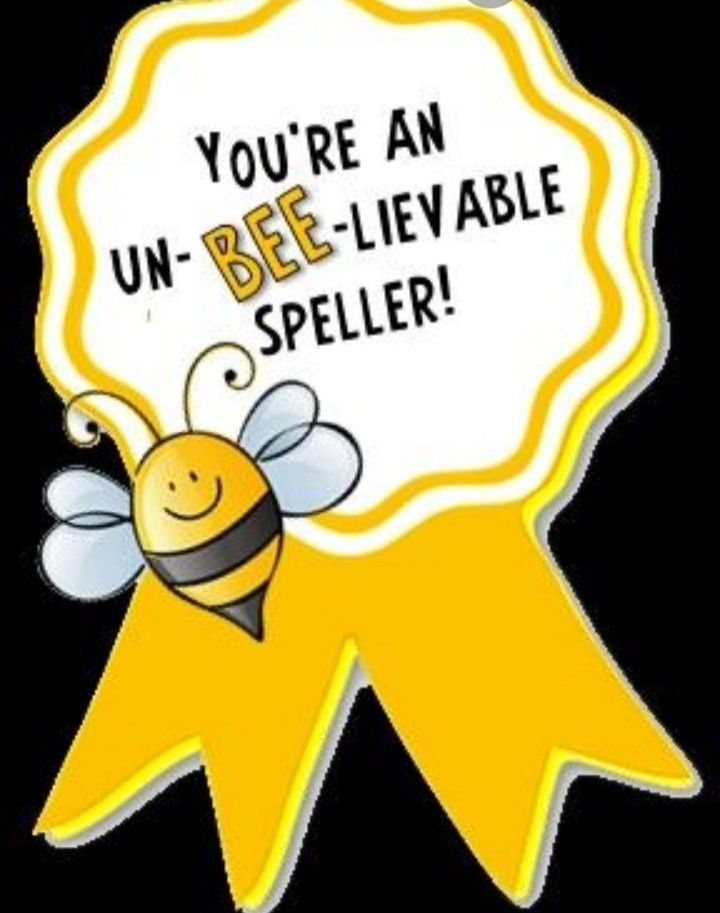 Morphological knowledge about root words and relationships among words is also important, especially as children progress to more advanced levels of reading and spelling. For example, the second vowel sound in the word colonist is a schwa (unstressed) vowel; it is impossible to hear that the vowel is an o rather than, say, an i or a u. However, if the child knows the spelling of the root word colony, this knowledge facilitates the spelling of the related word colonist (as well as colonial and colonize). All three kinds of knowledge — basic phonics knowledge, word-specific knowledge, and morphological knowledge — need to be addressed in spelling instruction.
Morphological knowledge about root words and relationships among words is also important, especially as children progress to more advanced levels of reading and spelling. For example, the second vowel sound in the word colonist is a schwa (unstressed) vowel; it is impossible to hear that the vowel is an o rather than, say, an i or a u. However, if the child knows the spelling of the root word colony, this knowledge facilitates the spelling of the related word colonist (as well as colonial and colonize). All three kinds of knowledge — basic phonics knowledge, word-specific knowledge, and morphological knowledge — need to be addressed in spelling instruction.
Suggestions for teaching spelling to students with LD
- Provide systematic phonics instruction that incorporates teaching of phonemic awareness. Although this kind of instruction alone will not be enough to make students flawless spellers, phonemic awareness and phonics knowledge form an essential base for accurate spelling in English.
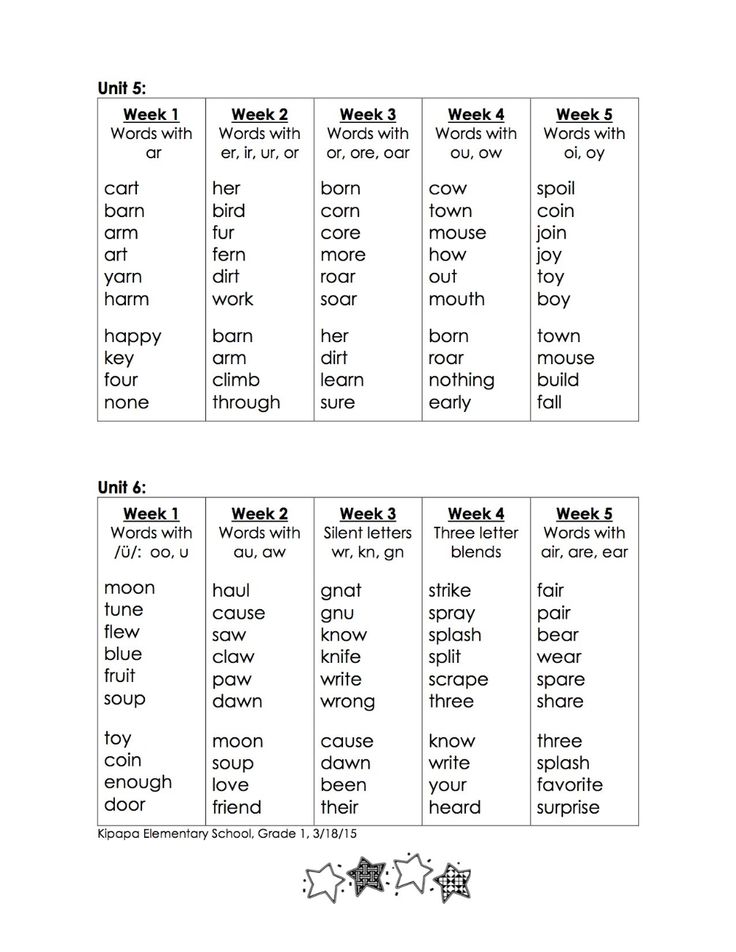
- Teach common irregular words from the earliest stages of spelling. It is virtually impossible to generate a complete sentence without common irregular words such as of, what, and were. Therefore, it is important to begin teaching these kinds of words early, as one part of a more comprehensive spelling program. Multisensory techniques involving repeated tracing and saying of words can be especially helpful for introducing irregular words.
- Teach useful spelling rules. Although many English words do not conform to consistent rules, some generalizations are very helpful to students, such as rules for adding endings to words with a silent e (make, making) or to closed syllables that end in a single consonant (sit, sitting).
- Teach spelling of important grade-appropriate words. Because many English words cannot be spelled solely through the use of rules or phonics knowledge, spelling instruction also should include studying a corpus of important words needed for accurate spelling at each grade level.
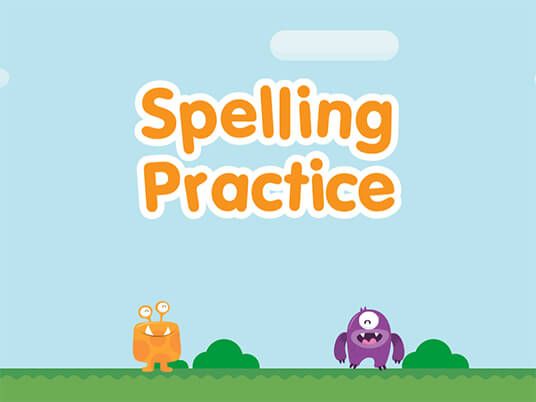
- Emphasize activities that involve writing or building printed words with letter tiles, not oral spelling. Oral spelling activities, such as traditional spelling bees, usually are not as effective as activities that require children to look carefully at the printed word.
- Encourage students to use knowledge about root words and relationships among words to help them spell new words. Even when they possess this kind of knowledge, students will not always apply it spontaneously. It is very helpful to point out relationships among words and to illustrate how knowing the spelling of one word facilitates spelling of related words, as in the colony-colonist example.
- Encourage independent reading to increase exposure to printed words. Independent reading cannot substitute for direct spelling instruction, but it can help to promote spelling knowledge---and of course, it is valuable for many other reasons as well.
- Teach older children how to use a computer spell-checker.
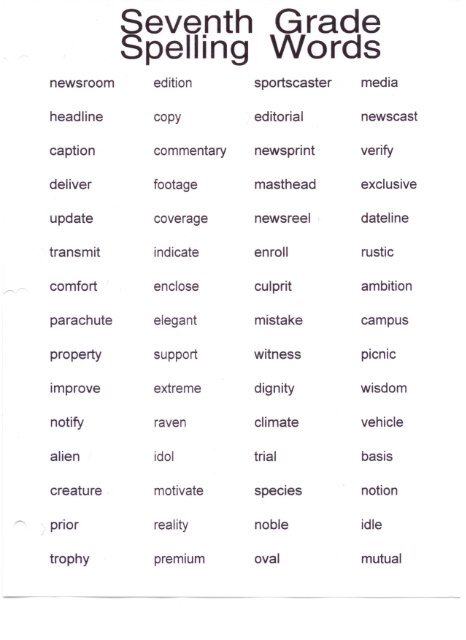 Like independent reading, spell-checkers are not a substitute for explicit spelling instruction from a knowledgeable teacher. Also, children need some phonics knowledge in order to use spell-checkers effectively. Nevertheless, spell-checkers can be enormously helpful to struggling spellers and writers, especially in the later grades when the volume of writing increases greatly.
Like independent reading, spell-checkers are not a substitute for explicit spelling instruction from a knowledgeable teacher. Also, children need some phonics knowledge in order to use spell-checkers effectively. Nevertheless, spell-checkers can be enormously helpful to struggling spellers and writers, especially in the later grades when the volume of writing increases greatly.
Examples of sources
Peer-reviewed journal articles:
Bruck, M. (1990). Word-recognition skills of adults with childhood diagnoses of dyslexia. Developmental Psychology, 26, 439-454.
Cunningham, A. E., & Stanovich, K. E. (1991) Tracking the unique effects of print exposure in children: Associations with vocabulary, general knowledge, and spelling. Journal of Educational Psychology, 83, 264-274.
Greene, J. (1996). Language!: Effects of an individualized structured language curriculum for middle and high school students. Annals of Dyslexia, 46, 97-121.
Invernizzi, M.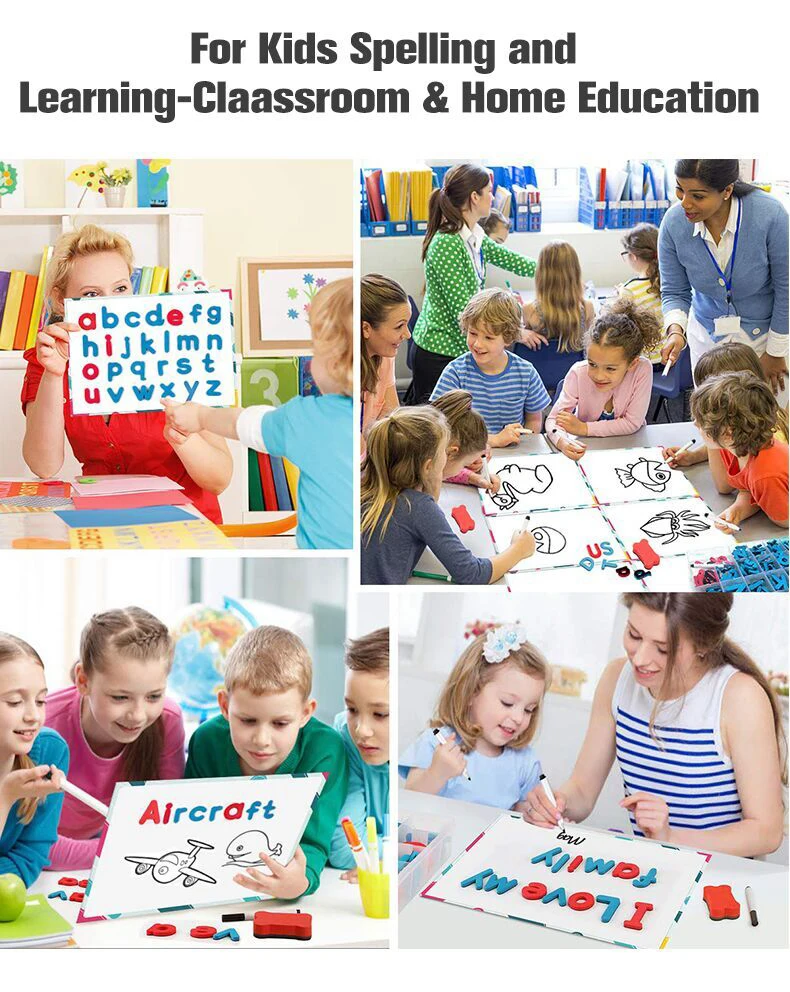 , Abouzeid, M., & Gill, T. (1994). Using students' invented spelling as a guide for spelling instruction that emphasizes word study. Elementary School Journal, 95, 155-167.
, Abouzeid, M., & Gill, T. (1994). Using students' invented spelling as a guide for spelling instruction that emphasizes word study. Elementary School Journal, 95, 155-167.
Other helpful sources:
Adams, M. J. (1990). Beginning to read: Thinking and learning about print. Cambridge, MA: MIT Press.
Ehri, L. C. (1998). Learning to read and learning to spell are one and the same, almost. In C. Perfetti, L. Rieben, & M. Fayol (Eds.), Learning to spell: Research, theory and practice across languages (pp. 237-269). Mahwah, NJ: Erlbaum.
Moats, L. C. (1995). Spelling: Development, disability, and instruction. Timonium, MD: York Press.
Moats, L. C. (2000). Speech to print: Language essentials for teachers. Baltimore, MD: Brookes Publishing Co.
Treiman, R., & Cassar, M. (1998). Spelling acquisition in English. In C. Perfetti, L. Rieben, & M. Fayol (Eds.), Learning to spell: Research, theory and practice across languages (pp. 61-80). Mahwah, NJ: Erlbaum.
Types of Dyslexia - Special Kids
There are several types of dyslexia (or learning disabilities) that can affect the child’s ability to spell as well as read. The types are identified by the nature of the problem within the central nervous system or brain.
• Trauma Dyslexia
usually occurs after some form of brain trauma or injury to the area of the brain that controls reading and writing. It is a permanent brain injury rarely seen in today’s school age population because it results from severe head injuries.
• Primary dyslexia
is a dysfunction of, rather than damage to, the left side of the brain (cerebral cortex) and does not change with age. Individuals with this type of dyslexia are rarely able to read above a fourth-grade level and may struggle with reading, spelling, and writing as adults. Primary dyslexia is passed in family lines through their genes (hereditary). It is found more often in boys than in girls.
• Secondary or developmental types of dyslexia
is felt to be caused by hormonal development or malnutrition during the early stages of fetal development.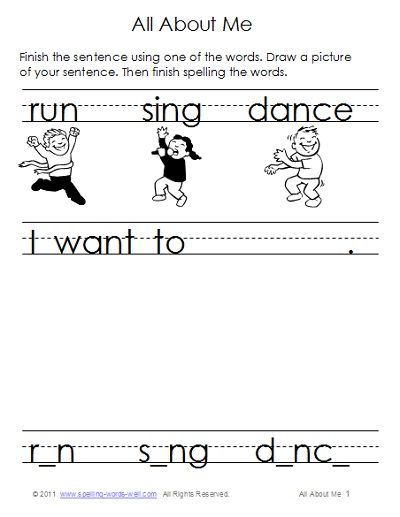 Poor parenting, abuse, neglect, and/or poor nutrition during the developmental years 0 to 5 are also known causes. Developmental dyslexia diminishes as the child matures. It is also more common in boys. This type of dyslexia is most often found in special education classes. It is this category of dyslexia or learning disability that responds best to the classroom accommodations and modifications found in special education classrooms that assist the child with learning while his nervous system continues to develop.
Poor parenting, abuse, neglect, and/or poor nutrition during the developmental years 0 to 5 are also known causes. Developmental dyslexia diminishes as the child matures. It is also more common in boys. This type of dyslexia is most often found in special education classes. It is this category of dyslexia or learning disability that responds best to the classroom accommodations and modifications found in special education classrooms that assist the child with learning while his nervous system continues to develop.
Types of Dyslexia Eligible for Special Education Services
• Visual dyslexia
is the term used for the specific learning disability termed visual processing disorder. This form of dyslexia is the result of immature development of not only the eyes, but also the whole process that gets information from the eyes to the brain.
Eyes that are not completely developed will send incomplete information to the brain. Incomplete in formation to the brain then results in poor comprehension of what the child has read, or poor memory of visual information.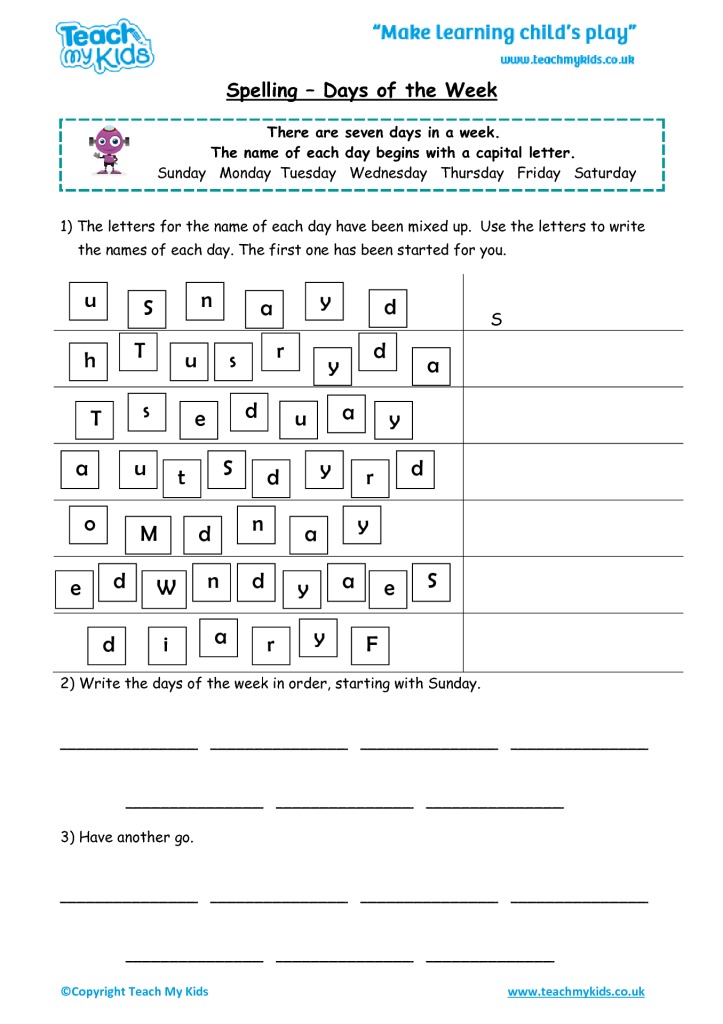 Sometimes this process results in number and letter reversals and the inability to write symbols in the correct sequence.
Sometimes this process results in number and letter reversals and the inability to write symbols in the correct sequence.
• Phonological (auditory) dyslexia
refers to the specific learning disability termed auditory processing, or the more severe condition termed Auditory Processing Disorder (OPD). This form of dyslexia involves difficulty with sounds of letters or groups of letters. When this form of dyslexia is present, the sounds are perceived as jumbled or not heard correctly. And just as with visual processing, the brain correctly interprets information that it correctly received.
• Dyspraxia
refers to the learning disability term sensor-motor integration and is a widely pervasive motor condition characterized by impairment or immaturity of the organization of movement, with associated problems of language, perception and thought. Typically, the child in question may be seen to be clumsy and poorly coordinated.
The term dyspraxia is separated into “true dyspraxia” a lifelong condition that responds to some degree to consistent, early, and structured intervention; and “developmental dyspraxia” a matter of neurological immaturity, a delay rather than a deficit that can be resolved over time with appropriate treatment.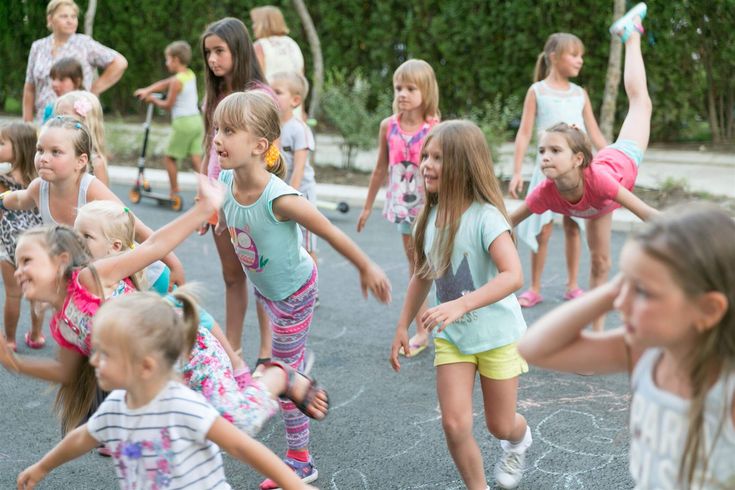 The problem is that only time determines the difference.
The problem is that only time determines the difference.
“Verbal praxis” refers to weaknesses observed in the mechanisms of speech production such that articulation is impaired and expressive language is inhibited. Speech production and articulation are not considered learning disabilities, and are addressed by a speech and language therapist.
• Dysgraphia
is the term given to the most significant educational effects of the condition and refers to an inability to hold or control a pencil so that the correct markings can be made on paper. These symptoms are most commonly seen as poor letter formation in printing, or as poor cursive handwriting skills. As a specific learning disability these symptoms would be identified as immature fine motor development.
• Dyscalculia
is a lesser-known disability, similar and potentially related to dyslexia and developmental dyspraxia. The term refers to an impairment of the ability to solve mathematical problems, usually resulting from brain dysfunction.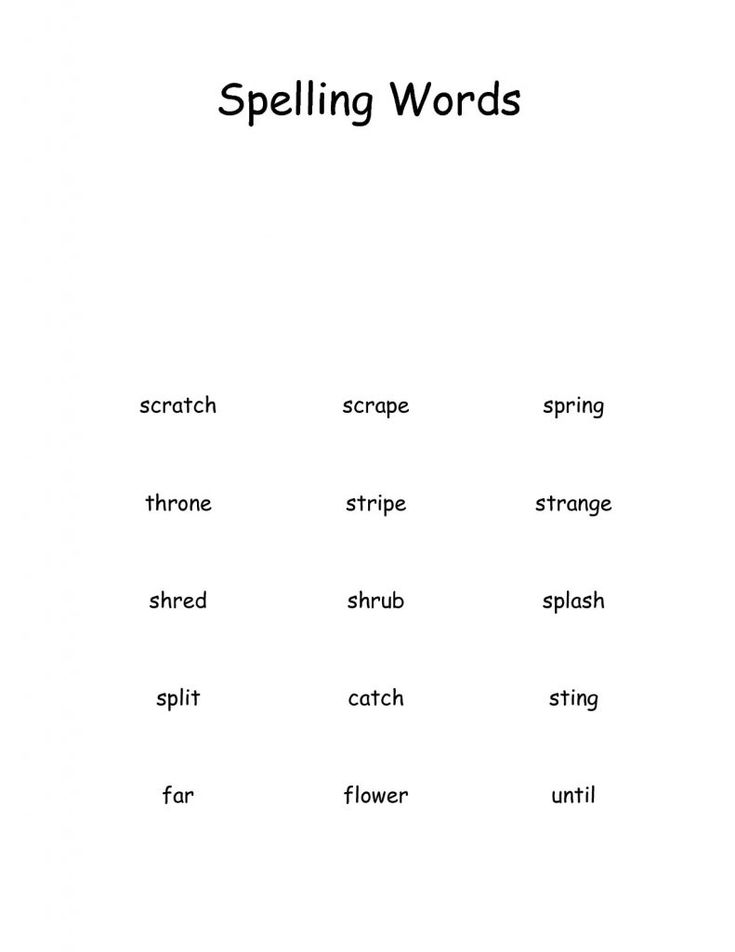 It occurs in people across the whole IQ range, and sufferers often, also have difficulties with time, measurement, and spatial reasoning.
It occurs in people across the whole IQ range, and sufferers often, also have difficulties with time, measurement, and spatial reasoning.
Although some researchers believe that dyscalculia necessarily implies mathematical reasoning difficulties as well as difficulties with arithmetic operations, there is evidence that an individual might not be able to manipulate the numerals in addition, subtraction, multiplication and division (or dyscalculia), with no impairment of, or even giftedness in, abstract mathematical reasoning abilities.
Dyscalculia can be detected at a young age and measures can be taken to ease the problems faced by younger students in the same way that dyslexia can be dealt with by using a slightly different approach to teaching. However, dyscalculia is the lesser known of these learning disorders and so is often not recognized.
Aspects of Treatment
Before any treatment is started, an evaluation must be done to determine the specific type of dyslexia. While there are many theories about successful treatment there is no actual cure. There are, however, many techniques for helping the child to learn.
While there are many theories about successful treatment there is no actual cure. There are, however, many techniques for helping the child to learn.
In addition to what the school has to offer, there are alternative treatment options available outside the school setting. Although alternative treatments are commonly recommended, there is limited research supporting the effectiveness of some treatments. In addition, many of the treatments for different types of dyslexia are very costly, and it may be easy for frustrated parents to be misled by something that is expensive yet sounds attractive.
Perhaps the most important aspect of any treatment plan for dyslexia is attitude. If the parents avoid the tendency to label their children, and maintain a positive attitude, the child will be influenced by the attitudes of the adults. As a consequence, problems with self-esteem, depression and other emotional concerns that usually accompany dyslexia will become less of a problem.
Popular |
In modern social relations there is an intensification of some processes that directly affect the sphere of culture, art and, accordingly, affect children's artistic creativity, changing its axiology (value bases), pedagogical organization and the nature of creativity. The most actively developing is the powerful process of globalization, in which the formation of universal features of the way of life of people living in different countries takes place. Economic integration, high-speed vehicles, satellite communications and modern information and communication technologies (Internet, multi-media, etc. In general, the modern development of culture reveals the complexity of the interaction of multidirectional trends. So, simultaneously with the process of globalization and the inevitable unification, another trend is emerging - growth of cultural national self-assertion . Along with the processes of formation of a multicultural environment, there are signs of a revival of the ethnic self-consciousness of people, an increase in interest in their cultural heritage and original traditions. There is a growing recognition in society of the significance of manifestations of a unique national cultural specificity. Today, museums and collectors are more willing to acquire works of original art. Local shrines, monuments of history and culture, traditions of life, national clothes, utensils, cuisine, flavor of local customs and holidays enrich programs in the tourism and entertainment market in various ways. Trends in the revival of traditional cultures also find a response in the organization of children's artistic creativity. True, this is often expressed in the speculative appeal of adult leaders only to the external signs of traditional folk art. In this regard, stamps of “folklorism”, folklore kitsch, parasitizing on the forms and images of folk art and distorting the artistic taste of young people, penetrate into children's works. The leading factor in the development of modern culture is also the process of further urbanization (megacity sprawl, urban lifestyle). From ancient times, in the process of life, a person mastered the natural environment, supplemented, and sometimes even replaced it with an artificially created "cultural" environment. But, finding himself in a new, self-created environment, a person experiences its opposite effect on himself, she, in turn, begins to change him, comes into conflict with his own human nature. An important factor in the development of modern culture is the continuous computerization of almost all spheres of people's practical and spiritual life. Undoubtedly, the old forms of life need to be modernized in accordance with new social demands and technological advances. Another factor in the changing modern culture is its commercialization . The economic development of the post-industrial world depends on two factors - business and the market. They rule the world, subjugate not only the material side of life, but also spiritual culture, art, ideology. An ever-increasing role is played by corporate subcultures with their normative-value complexes, both within corporations and firms, and in the social environment (image, corporate identity, advertising, symbols, logos, slogans, official speech, etc.). A well-defined system of norms and standards has developed in the business sector, allowing business people from different countries, different religions, speaking different languages, to easily establish contacts and mutual understanding, including themselves in the global business culture. The creative potential of business, manifested in business activity and competition, affects not only political and economic, but also cultural life (producing, sponsoring, patronage, charity, patronage), dictating and setting one's taste preferences in art. Today, many cultural events, in particular, children's festivals and competitions, are initiated by business corporations. Increasingly, these events are organized, subsidized, evaluated by the owners, leaders and managers of trade, industrial and media corporations, and serve the advertising purposes of these firms and organizations. Children's works are included in promotions without respecting children's copyrights, often even without indicating their names and surnames. Children's works are appropriated and sold without the knowledge of young authors, their safety is not guaranteed. Some enterprising organizers and intermediary firms simply exploit children and rob the funds allocated for the organization of these actions. In an effort to excel, most teachers are ready to adapt to the conditions of competitions, orient children to them, wait for awards, etc. Commercialization of education (payment for educational services, high cost of art materials and tools) leads to limited opportunities for artistic and creative development of children of different social groups. Today, two differently directed processes in the organization of children's creativity are also becoming apparent. On the one hand, there is an increase in administrative pressure ( functional-administrative factor ) in the system of art education. Normative documents (decrees, orders, instructions, forms, instructions for certification of teachers), emanating from the government to the local administration, fetter the freedom of creative contacts between teachers and children and unnecessarily formalize the project, real and reporting sphere of pedagogical activity. On the other hand, the processes of liberalization of public relations are taking place more and more obviously, which noticeably destroys traditional norms and forms of respectful and authoritative relationships between generations, in the family, in educational institutions, between teachers and students. The modern factors of cultural development noted here, along with numerous private ones, also create general urgent problems for the development of art education and creativity of children. They need to be known, understood and taken into account in the development of modern educational and educational strategies. |
Russian. Spelling CHK-CHN-LF, SHCHN-NSCH. Notebook-simulator. Aromshtam Marina
978-5-00154-561-3 978-5-00154-561-3€6.49
VAT included
Description
Series: Ready for school!
SPELLING SIMULATOR WILL REPLACE FULL LESSONS WITH A TUTOR!
This series is suitable for schoolchildren to work out literate writing on their own; teachers - for classes with lagging students; parents who want to improve the performance of their children.
In the book "Russian language. Spelling CHK-CHN-LF, SHN-NShch. Exercise book" one of the key spellings of elementary school is analyzed, which is important to master from the very beginning. The spelling CHK-CHN-LF, SCHN-NSCH is presented in this fairy tale so vividly that it is impossible not to remember it! An exciting story about the town of Nevelichka and Zlyuchka-Koluchka will not leave anyone indifferent.
Fairy tale spelling simulator is 65 exciting tasks for teaching literacy and practicing complex words in elementary school.
With the help of this technique, 80 thousand students improved their spelling literacy.
The secret of the books in the series is the words "jumping out" on the reader for one or another spelling. The child reader cannot fail to notice them, because the plot is built on their use and they are often found in the text. Thus, spelling vigilance develops.
Advantages of the series:
the ability to make classes (especially for repeating material) more alive, involve children in an exciting and useful game
are compatible with any approved program, with any teaching materials.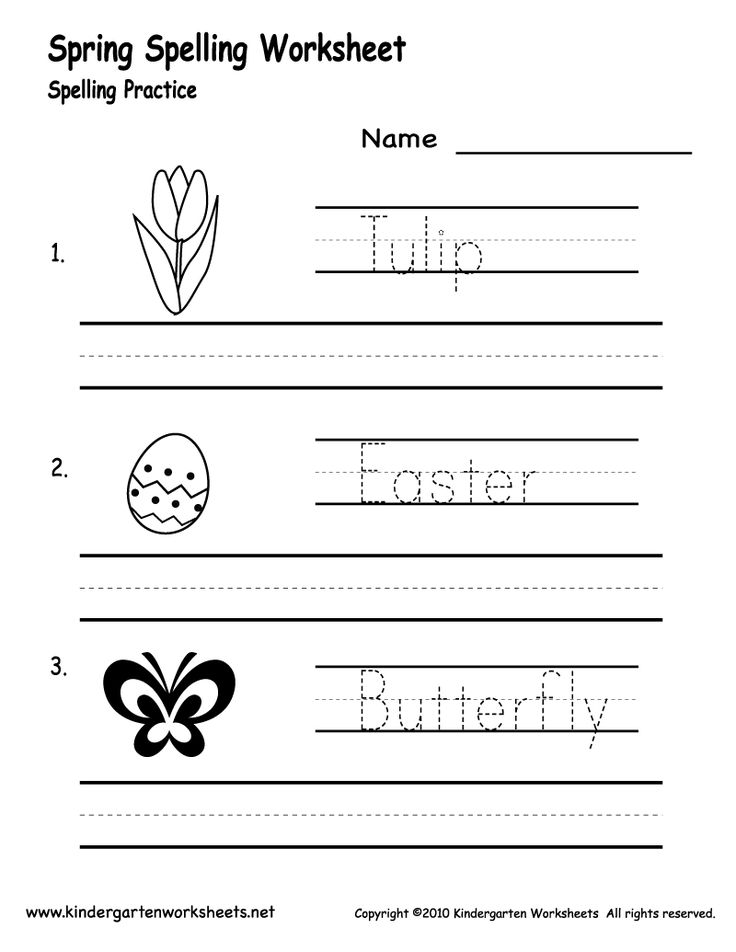 Get involved in school and at home!
Get involved in school and at home!
interesting lessons - the shortest way to competent writing!
What interesting and useful things await inside?
Everything is easy and simple, the child can handle it himself and will be happy to do it!
Reading a fairy tale. To become literate, a child must, first of all, read a lot. The story captivates and draws the child into the process of reading.
We carry out the task. There are various tasks in the fairy tale that allow the child to intervene in the text, to leave their "trace" in the book. This develops spelling vigilance, which will help you write without errors in the future.
We develop spelling vigilance. Completing tasks, the child develops spelling vigilance, improves self-control and brings the studied skill to automatism.
What tasks will the young student have to perform: find the spelling in the text and underline it; insert missing letters and words; invent stories, draw, color - in a word, show intellectual and creative abilities; to memorize a lot, which means to train memory and develop the brain.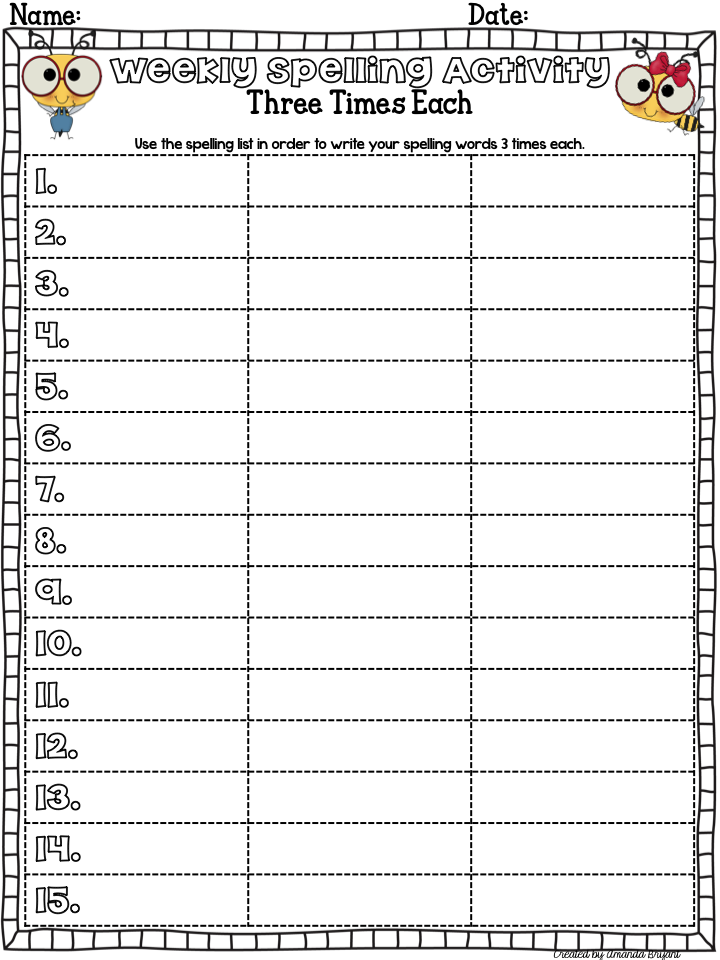

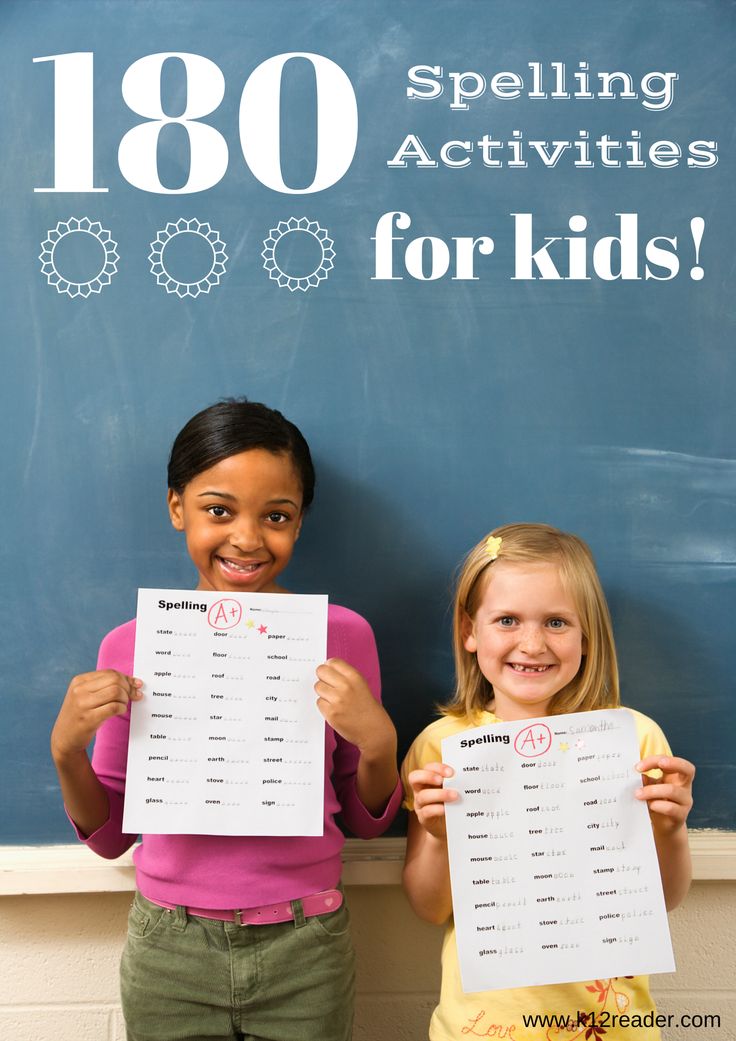 Petersburg, Russia)
Petersburg, Russia) 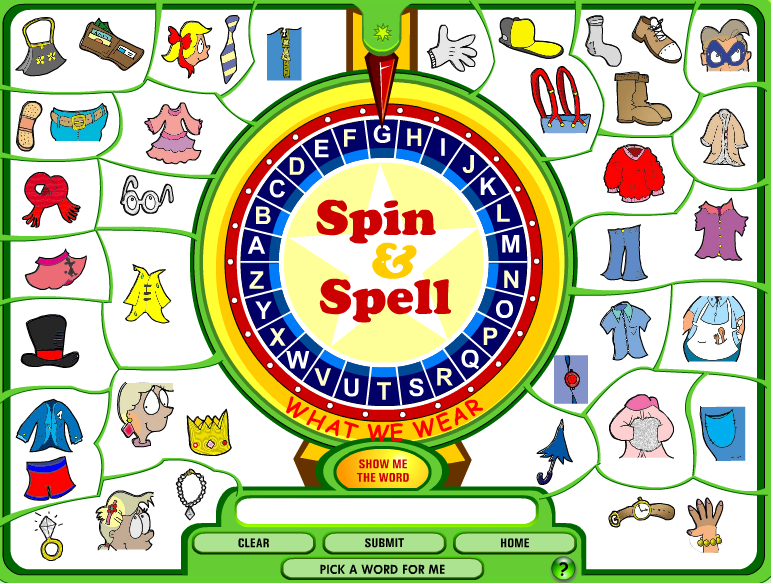 ) link the world into a single system. The nature and tendencies of development among different peoples of such sectors of life as: clothing, food, sports, mass culture, science, art, and education are becoming common. The international community is adopting uniform standards of education, increasing the exchange and borrowing of newfangled trends in art, organizing joint creative projects, and aligning value priorities and criteria. International projects, exhibitions, competitions, plein airs, master classes are now the focus of classes with children in art schools and the system of additional education. Drawing teachers master the programs and methods of foreign colleagues, often simplified, formalized and impersonal. The theme of children's creativity is filled with plots of foreign videos and printed publications. The aesthetics of mass media becomes the standard of taste. All this standardizes the nature of children's art, the drawings are filled with stereotypical images and lose their individual differences.
) link the world into a single system. The nature and tendencies of development among different peoples of such sectors of life as: clothing, food, sports, mass culture, science, art, and education are becoming common. The international community is adopting uniform standards of education, increasing the exchange and borrowing of newfangled trends in art, organizing joint creative projects, and aligning value priorities and criteria. International projects, exhibitions, competitions, plein airs, master classes are now the focus of classes with children in art schools and the system of additional education. Drawing teachers master the programs and methods of foreign colleagues, often simplified, formalized and impersonal. The theme of children's creativity is filled with plots of foreign videos and printed publications. The aesthetics of mass media becomes the standard of taste. All this standardizes the nature of children's art, the drawings are filled with stereotypical images and lose their individual differences. Creative reflection on the surrounding reality and current events in children's life is reduced, the originality of children's artistic creativity in different countries is lost, as evidenced by international exhibitions and competitions.
Creative reflection on the surrounding reality and current events in children's life is reduced, the originality of children's artistic creativity in different countries is lost, as evidenced by international exhibitions and competitions. 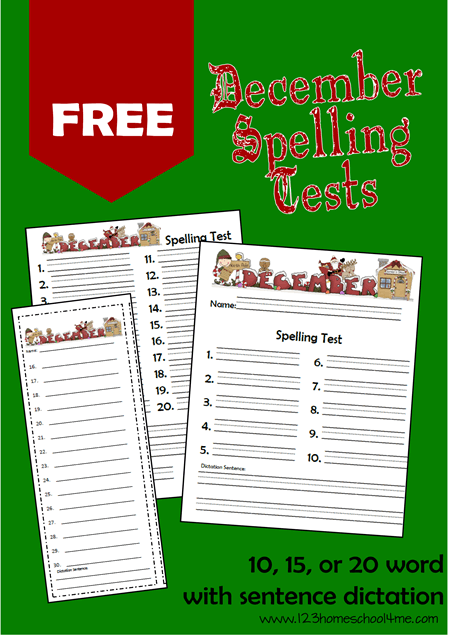 All this creates real prerequisites for a country, a region, a community, a person to find their place in the overall system of the global world order as a significant cultural factor.
All this creates real prerequisites for a country, a region, a community, a person to find their place in the overall system of the global world order as a significant cultural factor. 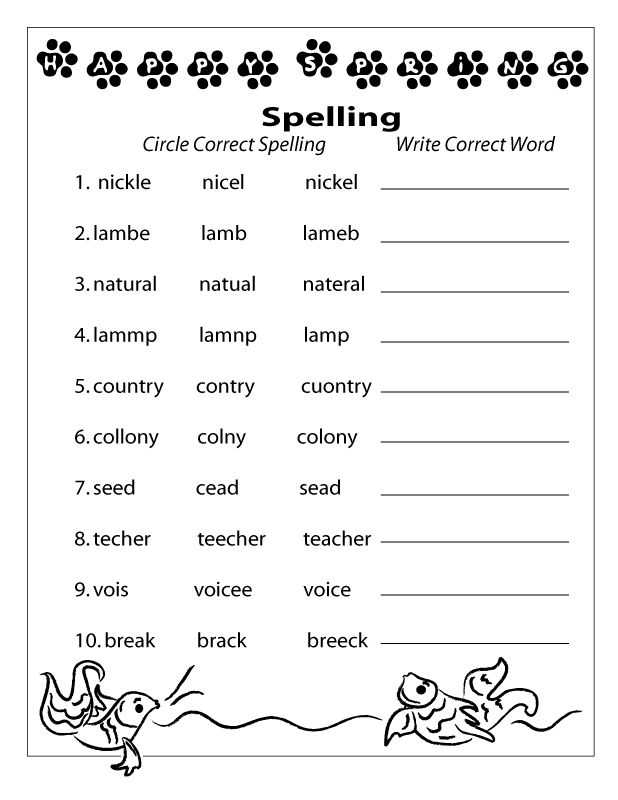 Traditional ethnic and national cultures were formed precisely in the rural way of life. The way a certain folk community mastered the “feeding” landscape determined a special way of life for people (labor and housing, clothes and utensils, norms of behavior and upbringing of the younger generation). In its traditional form, rural culture has largely lost its integrity with nature, the norms, forms and rules of life have changed. Artificially maintaining it on the ground and trying to "revive" it becomes almost impossible in modern conditions. These attempts, even being state policy, often turn out to be futile, because. everything has changed in the modern life of people. It could be argued that a city with a complex infrastructure, industrial production and a global economy have crushed the traditional national culture. But the city turned out to be such a complex and constantly changing organization of people's life that not only changes their lives, but itself becomes a full-fledged source of new life processes.
Traditional ethnic and national cultures were formed precisely in the rural way of life. The way a certain folk community mastered the “feeding” landscape determined a special way of life for people (labor and housing, clothes and utensils, norms of behavior and upbringing of the younger generation). In its traditional form, rural culture has largely lost its integrity with nature, the norms, forms and rules of life have changed. Artificially maintaining it on the ground and trying to "revive" it becomes almost impossible in modern conditions. These attempts, even being state policy, often turn out to be futile, because. everything has changed in the modern life of people. It could be argued that a city with a complex infrastructure, industrial production and a global economy have crushed the traditional national culture. But the city turned out to be such a complex and constantly changing organization of people's life that not only changes their lives, but itself becomes a full-fledged source of new life processes. Moreover, in a modern metropolis, a person has the opportunity to preserve his cultural identity, to provide himself and his loved ones with a “homeland in himself” within the framework of a national, ethnic, confessional subculture (community communities, temples, ethnographic museums, centers of national culture, traditional art crafts, national schools theaters, festivals). In addition, it was megacities that became the soil for new powerful processes of cultural genesis, the emergence and development of new subcultures (age, leisure, professional, etc.). In the created folklore, folk traditional, local original studios, circles, museum centers of ethnocultures, children can join their native culture and be included in individual creativity based on it.
Moreover, in a modern metropolis, a person has the opportunity to preserve his cultural identity, to provide himself and his loved ones with a “homeland in himself” within the framework of a national, ethnic, confessional subculture (community communities, temples, ethnographic museums, centers of national culture, traditional art crafts, national schools theaters, festivals). In addition, it was megacities that became the soil for new powerful processes of cultural genesis, the emergence and development of new subcultures (age, leisure, professional, etc.). In the created folklore, folk traditional, local original studios, circles, museum centers of ethnocultures, children can join their native culture and be included in individual creativity based on it. 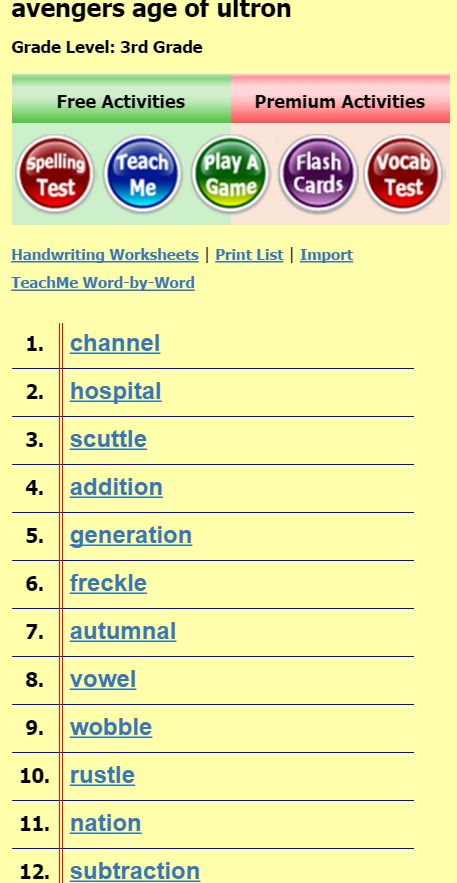 The processes of mass communication and, in particular, informatization are developing most actively today. New information and communication technologies are intensively penetrating into the sphere of culture, opening up completely new horizons of development for it, which must be seen, understood and mastered. In the field of art education, new computer tools have expanded the possibilities of communication and obtaining information: virtual museums, virtual children's art galleries are being created, children's competitions are held on the Internet, special cultural and educational programs are being created, as well as distance learning programs for drawing and applied art. But at the same time, with the development of computers and video technology, there is an increase in speculative practice and a reduction in man-made activities. School-age children are less and less successful in learning spelling, needlework and drawing. Television and computer visualization influence the formation of clip thinking, which limits the space of personal perception of the world, affects the appearance of similarity and general schematism of the compositions of children's drawings.
The processes of mass communication and, in particular, informatization are developing most actively today. New information and communication technologies are intensively penetrating into the sphere of culture, opening up completely new horizons of development for it, which must be seen, understood and mastered. In the field of art education, new computer tools have expanded the possibilities of communication and obtaining information: virtual museums, virtual children's art galleries are being created, children's competitions are held on the Internet, special cultural and educational programs are being created, as well as distance learning programs for drawing and applied art. But at the same time, with the development of computers and video technology, there is an increase in speculative practice and a reduction in man-made activities. School-age children are less and less successful in learning spelling, needlework and drawing. Television and computer visualization influence the formation of clip thinking, which limits the space of personal perception of the world, affects the appearance of similarity and general schematism of the compositions of children's drawings.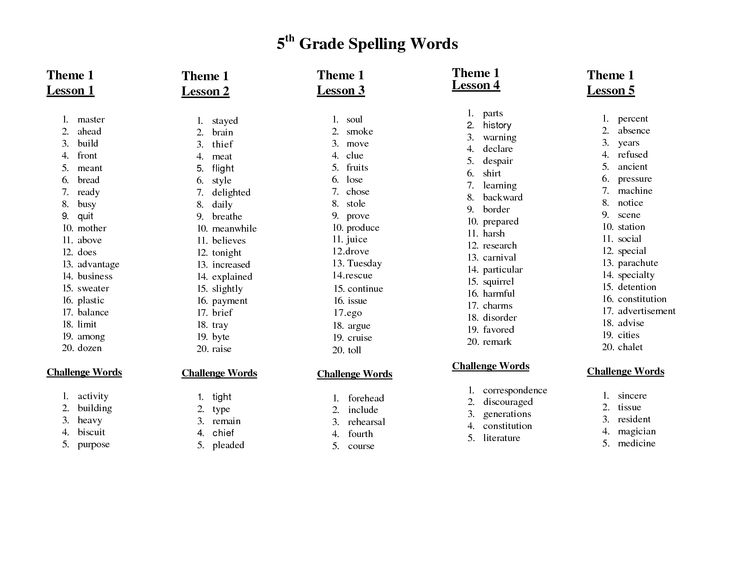
 Professional managers create projects and conditions for creative actions, draw up programs, determine the composition of the jury, apply their own criteria in selecting the “best” works and prize-winners, without being professionals in this field.
Professional managers create projects and conditions for creative actions, draw up programs, determine the composition of the jury, apply their own criteria in selecting the “best” works and prize-winners, without being professionals in this field. 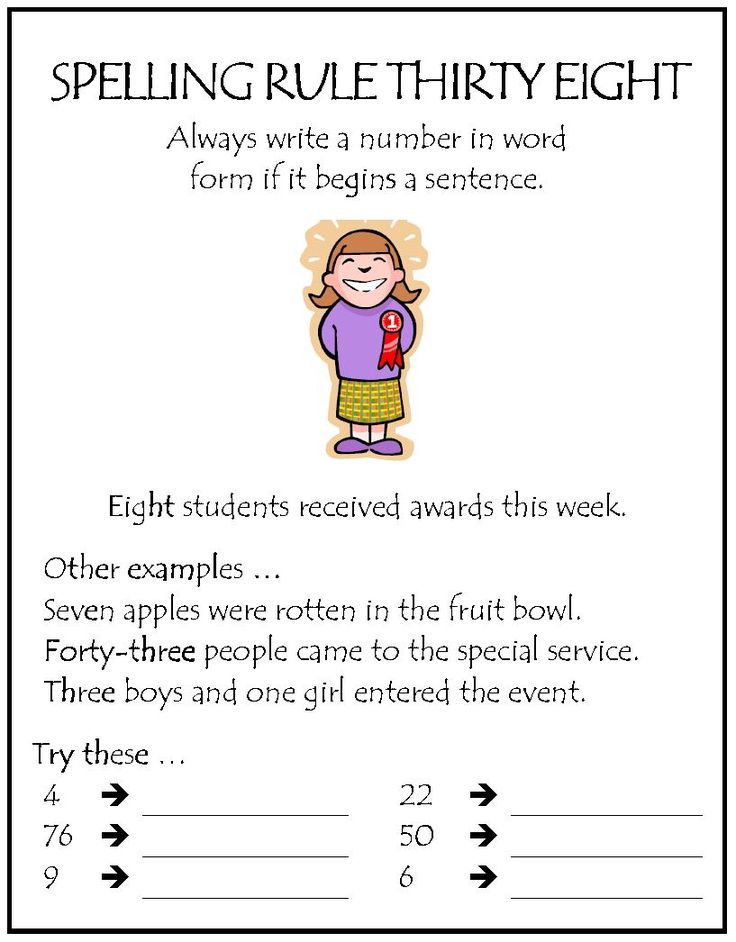 Their activity reduces creative and pedagogical tasks in the organization of children's creativity to mercantile goals.
Their activity reduces creative and pedagogical tasks in the organization of children's creativity to mercantile goals. 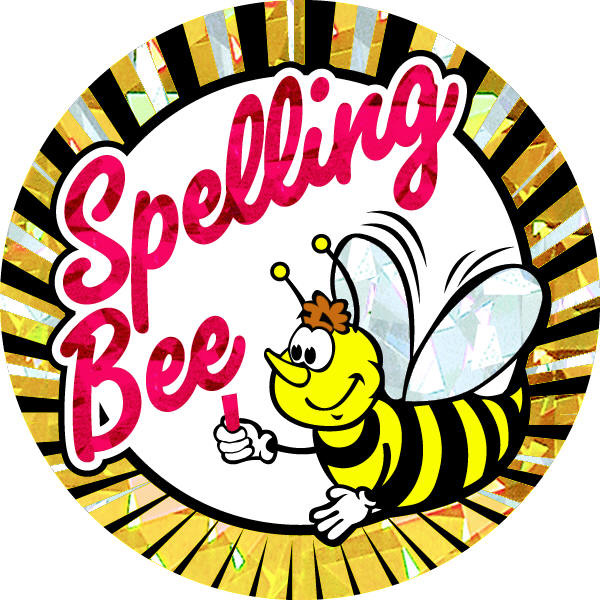 In art, the processes of the collapse of old schools, the transformation of the criteria base and the self-affirmation of contemporary art, an alternative to the former artistic guidelines, are observed. For an immature child's psyche, the blurring of the goals of creativity, the uncertainty of ideals, the indistinctness of value criteria are great obstacles in creativity and personal development.
In art, the processes of the collapse of old schools, the transformation of the criteria base and the self-affirmation of contemporary art, an alternative to the former artistic guidelines, are observed. For an immature child's psyche, the blurring of the goals of creativity, the uncertainty of ideals, the indistinctness of value criteria are great obstacles in creativity and personal development. 